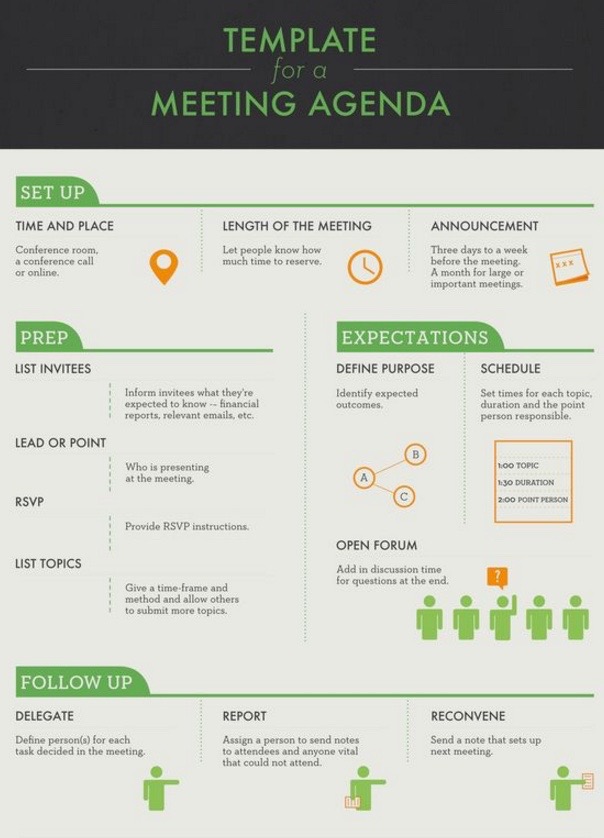Outdoor meetings are the perfect opportunity to take participants out of their routine, stimulate brainstorming and foster out-of-the-box thinking.
But planning outdoor meetings is not exactly the same as planning outdoor events.While some of the same best practices apply, there are other considerations as participants will be outside longer, and they will need to focus and get work done despite some distractions.
Site Inspections
Sometimes, clients are tempted to skip site inspections to save money. If an outdoor meeting is on the horizon, site inspections are a must, not a nice-to-do. Audiovisual and lighting suppliers must also conduct site inspections.
Sensible Schedules
Some of the considerations for outdoor meetings include:
- providing shade cover for hot periods of the day and cooling units if necessary
- if shade cover is not possible, start early (e.g. 8 am) take a break at 11 am and resume the meeting at 3:00 in the sunbelt (e.g. Dubai, Oman, Singapore, the Caribbean)
- if you must meet during hot times of the day at hot destinations, move the lunch and early afternoon portion of the meeting into a marquee or pop-up event venue
- carving out some downtime for participants who will look forward to some R&R after spending time outdoors
Seating
Unlike strictly social or recreational corporate events, chairs for business meetings must have backs that provide good support and enough comfort for longer periods of seating. Portable tables with firm surfaces will be needed for work.
Mikes May be a Must
Even for small to medium groups, if participants are seated at more than one table, microphones and sound systems may be needed to counteract background noise. If some participants are soft spoken, it will be important to punch up the volume.
For small meetings, save on audiovisual costs by sending out the presentations in advance for participants to load on laptops and tablets.
Plan B: Always Have a Back-up Weather Plan
You will need a flexible agenda in the Caribbean and Mexico during rainy season (May and October). However, rain isn’t the only weather-related concern. In the Middle East, sandstorms are cause for concern in some destinations; in Canada and Europe, watch for unseasonable drops in temperature.
Set-up Fees
There will often be special set-up fees for outdoor meetings. It’s important to check what they are and determine if they will still apply if the event must be pulled indoors due to weather or other considerations. At some destinations, resorts are located on beaches that are government owned and a fee must be paid to hold an event or meeting on the beach. Sometimes, this has to be paid a week prior to the event and there are no refunds if the meeting is rained out.
Dress Codes: Brief Attendees on What to Wear
Opt for a casual dress code. Send out a packing list a few weeks in advance and a reminder before the event. Remind the group again during orientation. Despite reminders, I have seen participants show up without boots in areas where there has recently been rain, in sandals and high heels for horse riding, and without head coverings for meetings in the desert.
Be prepared. Pick up extra, sun hats, umbrellas and rain ponchos at a “dollar store.” $20 – $25 will cover it and it may make the difference between participant comfort and discomfort.
What are some other practical considerations for outdoor meetings?













